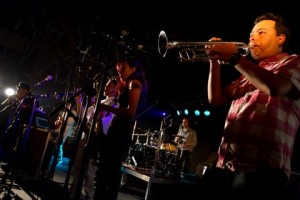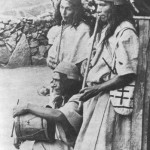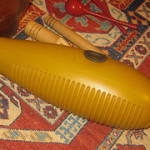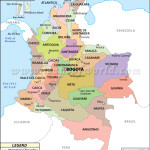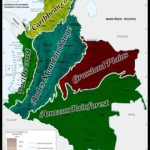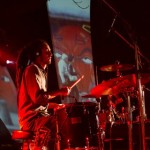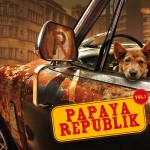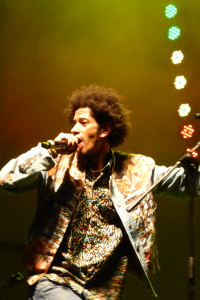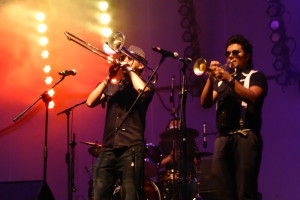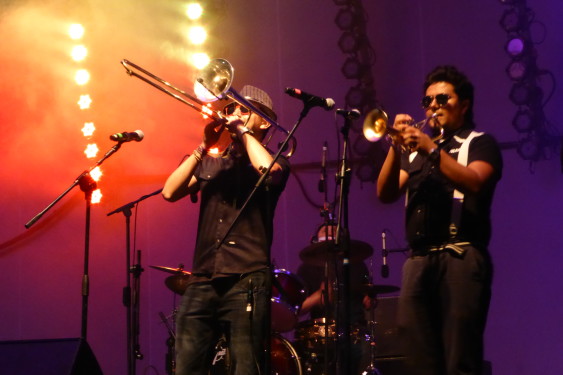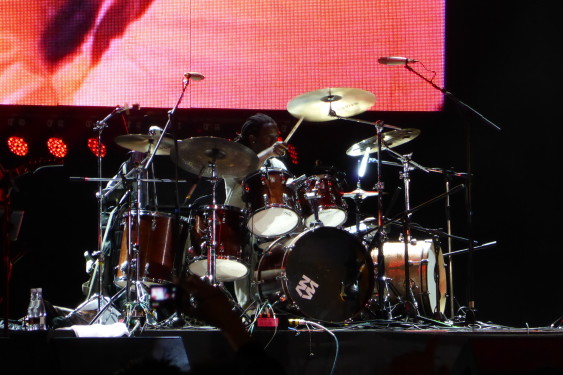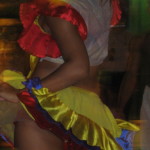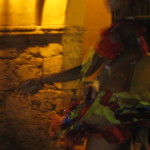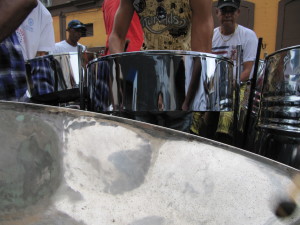How did contemporary Colombian fusion music come to be?
That’s the question I’ve been asking people in the know in Bogota.
My first lesson came from a Colombian Ethnomusicologist, Simon Calle. He has completed a PHD on this subject and works for the Colombian government in a role designed to support and promote Colombian music artists.
My second lesson came from three members of a talented and unique Colombian fusion music band based in Bogota – Papaya Republik.
What did I learn?
In a probably over simplified nutshell, the history goes something like this:
- Once upon a time in Colombia existed only its indigenous peoples in different regions– with their own musical styles and instruments.
- Later to Colombia, at the start of the 16th century, came the Spanish colonisers – with their own European musical styles and instruments.
- Soon after that to Colombian coastal regions, came slaves bought from Africa – also with their own musical styles and instruments.
The result is a Colombia with an incredibly diverse mix of peoples, cultures and forms of traditional folk music: Champeta, Cumbia, Vallenato, Porro, Curalao and Bambuco for example – and dozens more.
Those diverse groups of peoples were mostly segregated within their own regions, with little or no exposure to forms of music from other regions. Much of that was because of Colombia’s incredibly diverse geography – including the Amazon Rainforest in the south; a Pacific coastal jungle; and three Andes mountain ranges going up through the country.
- Map of Colombia´s regions/departments
- Map of Colombia – Natural Regions
So how did all these different musical styles start mixing together?
I’m told it’s actually been a pretty recent evolution – in the past 2 to 3 decades.
Again in a probably oversimplified nutshell, it happened because of different social, political and technological factors:
- Issues with drugs and internal civil war, bought Colombians from the different regions to Colombia´s capital Bogota (located in the middle of the country) – and to a lesser extent to begin with, to other Colombian cities. People also came from the regions to the city to study or to work.
- Increased diversity of the people living in Bogota meant that musicians started hearing musical styles from other regions of Colombia never heard before. They liked the styles, and so they started playing them, combining them and reconstructing them.
- Some Colombians travelled overseas and had exposure to other forms of music there.
- Improved technology, and access to it, meant that more Colombians were exposed to contemporary international musical styles, and started to incorporate them into their music.
And finally, it seems that once some music artists started combining distinctly different styles of music, other artists were influenced by that and started to do the same.
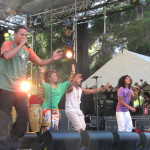
Sidestepper Live @ WOMADelaide
The band Sidestepper is touted as one of the pioneers, and one of the most influential, but I understand that there were also others that came before. Sidestepper initially fused traditional styles of music with electronic music – and apparently there was a generation before of traditional styles fused with jazz – and before that a generation of traditional styles fused with rock.
There you have the crude and simplified Beaver version of the history of Colombian fusion music and how it came to be today.
I welcome any comments that correct my version, or add to it!
Stay tuned for Lesson Two – me learning a bit about where the fusion music scene is at now, and how misconceived I was about a few things.
